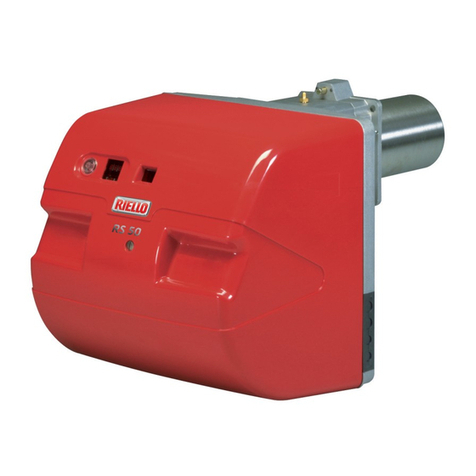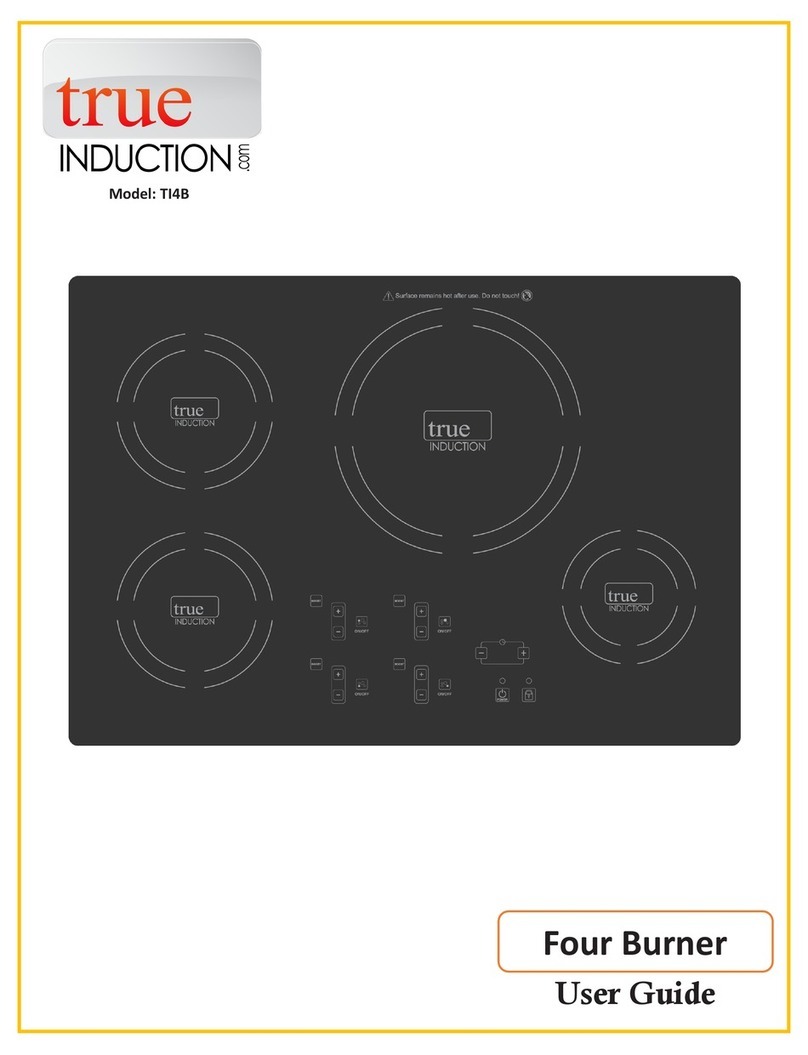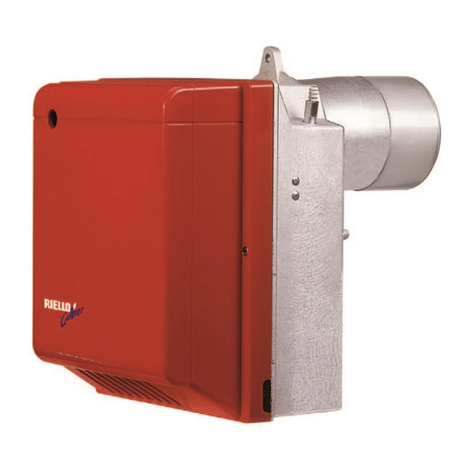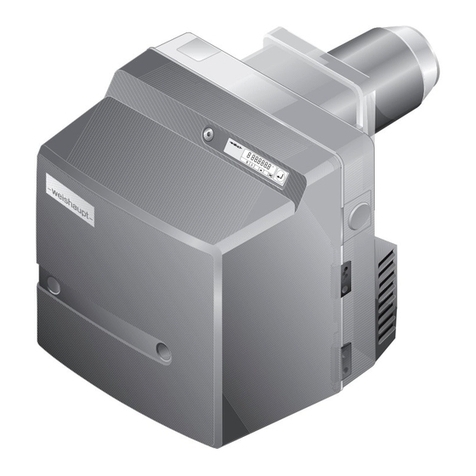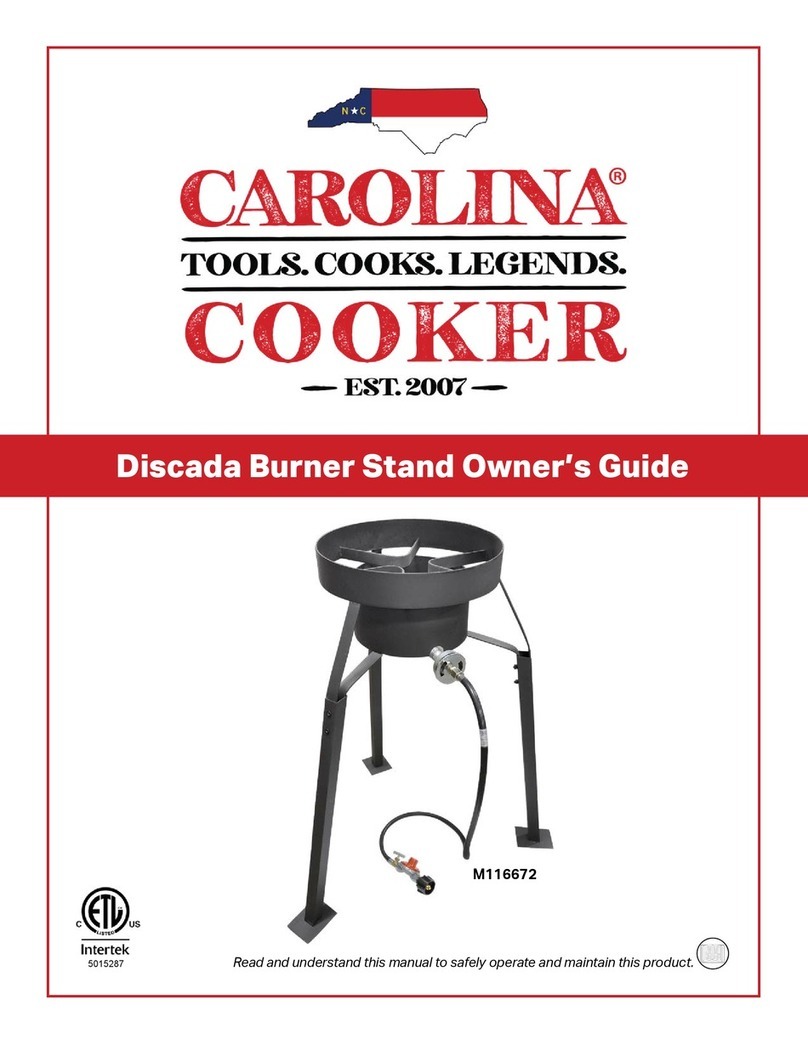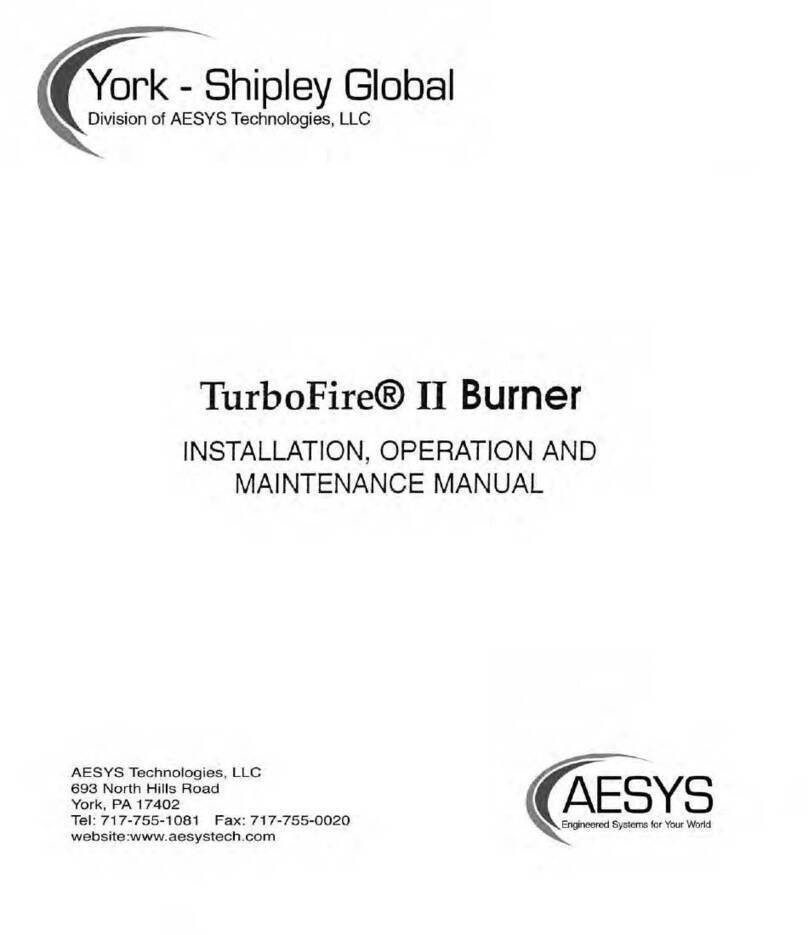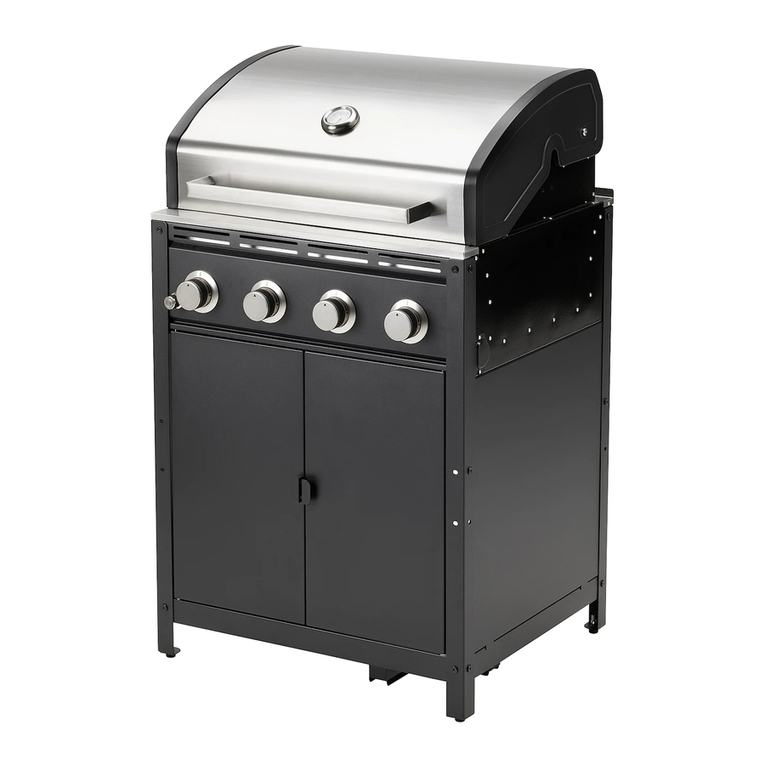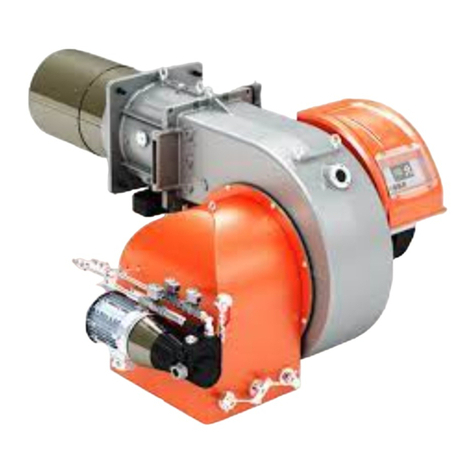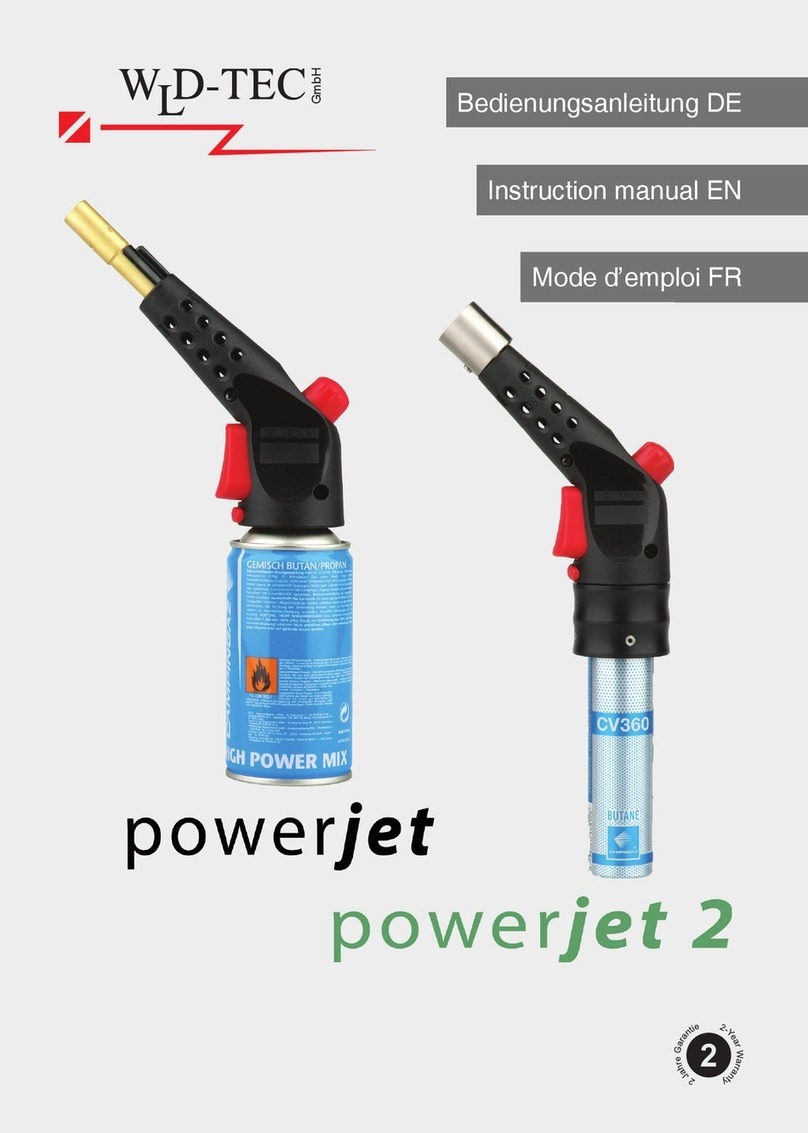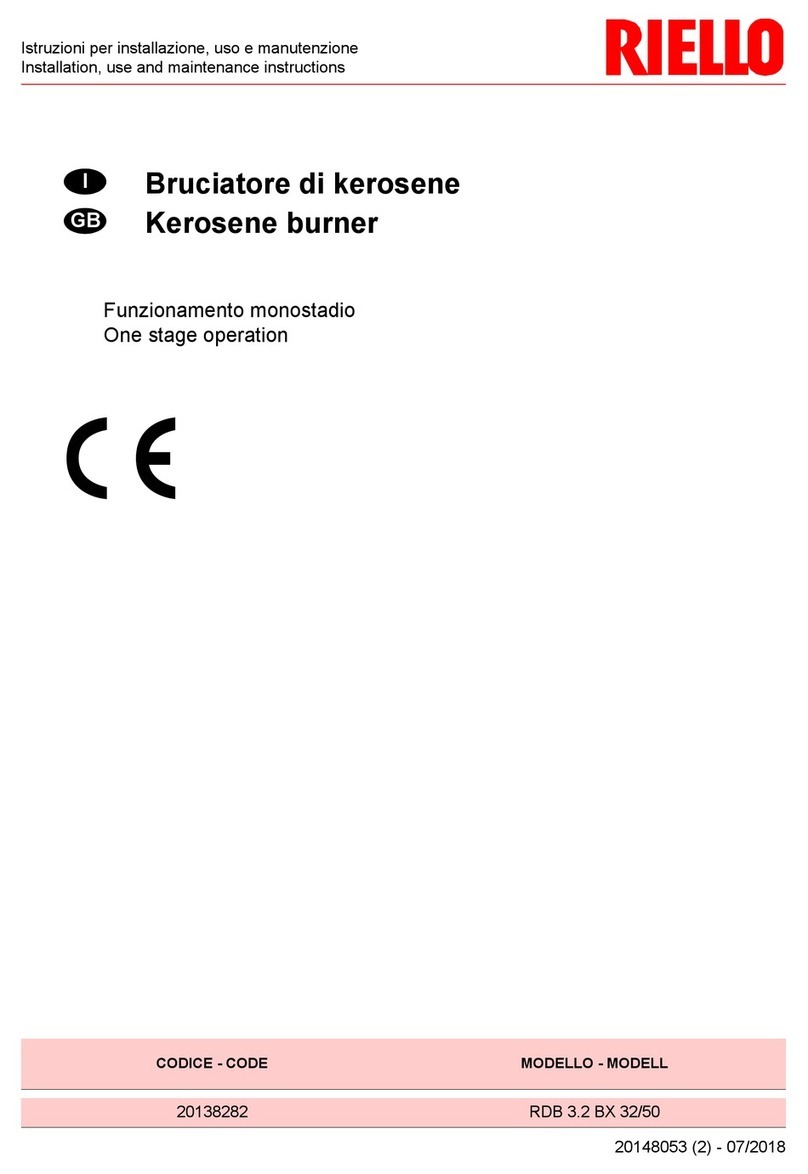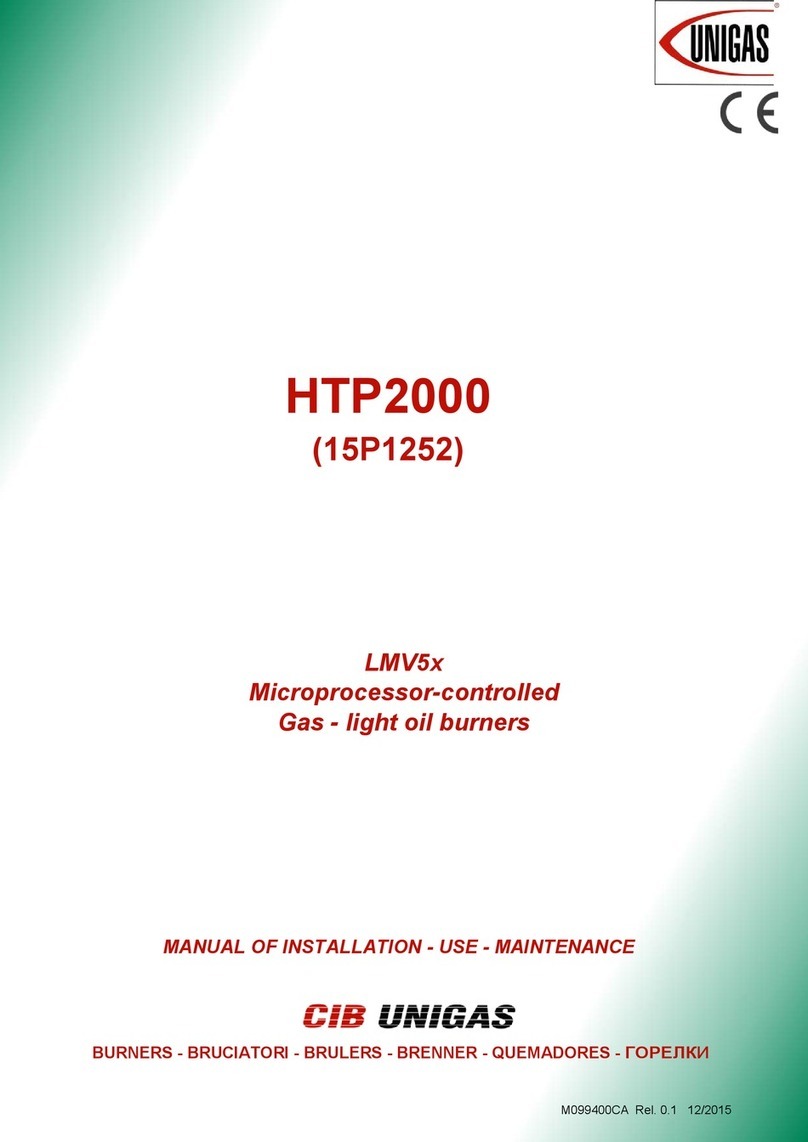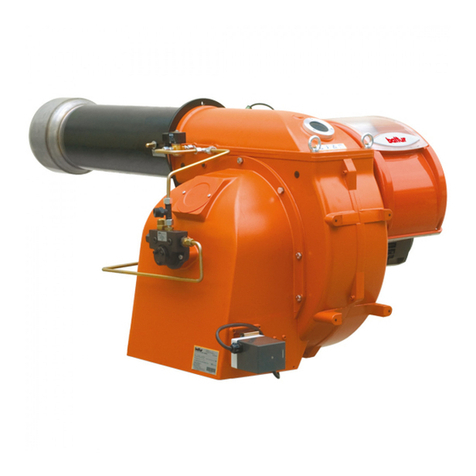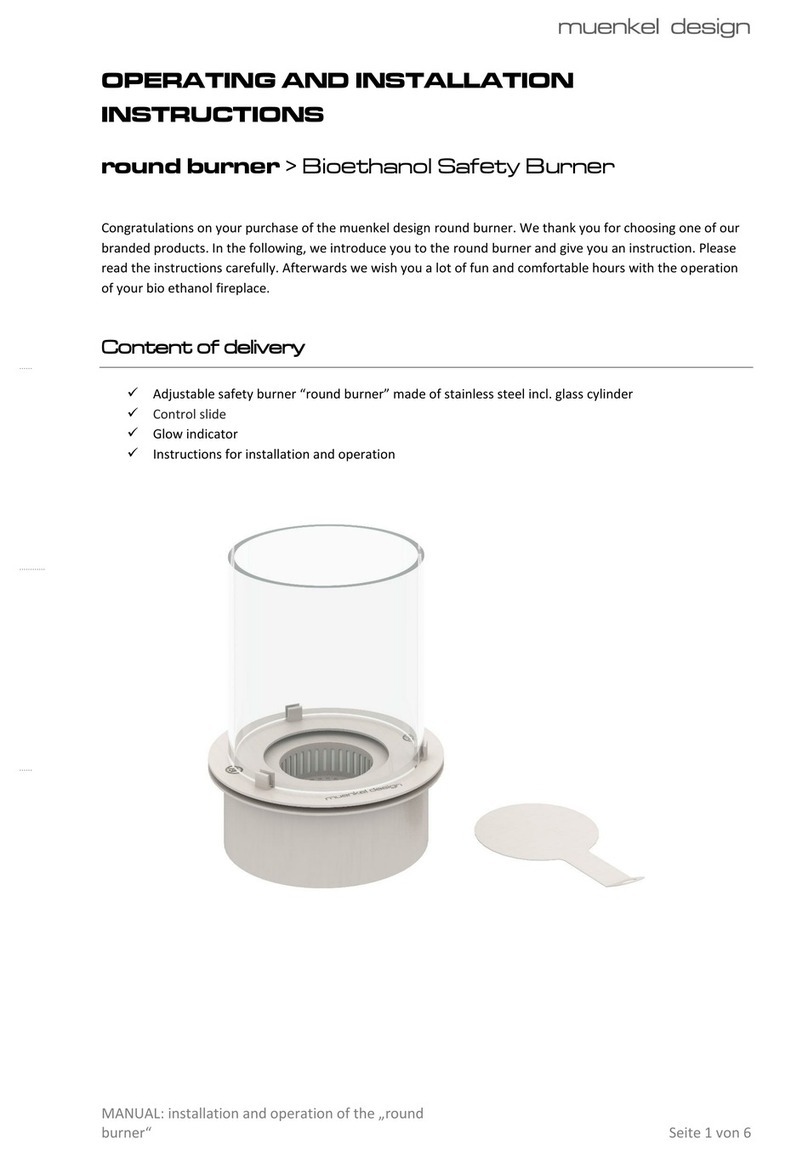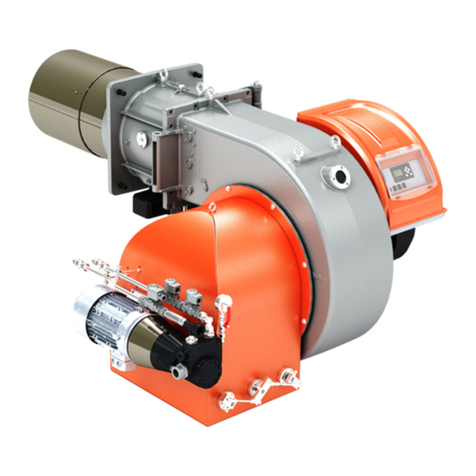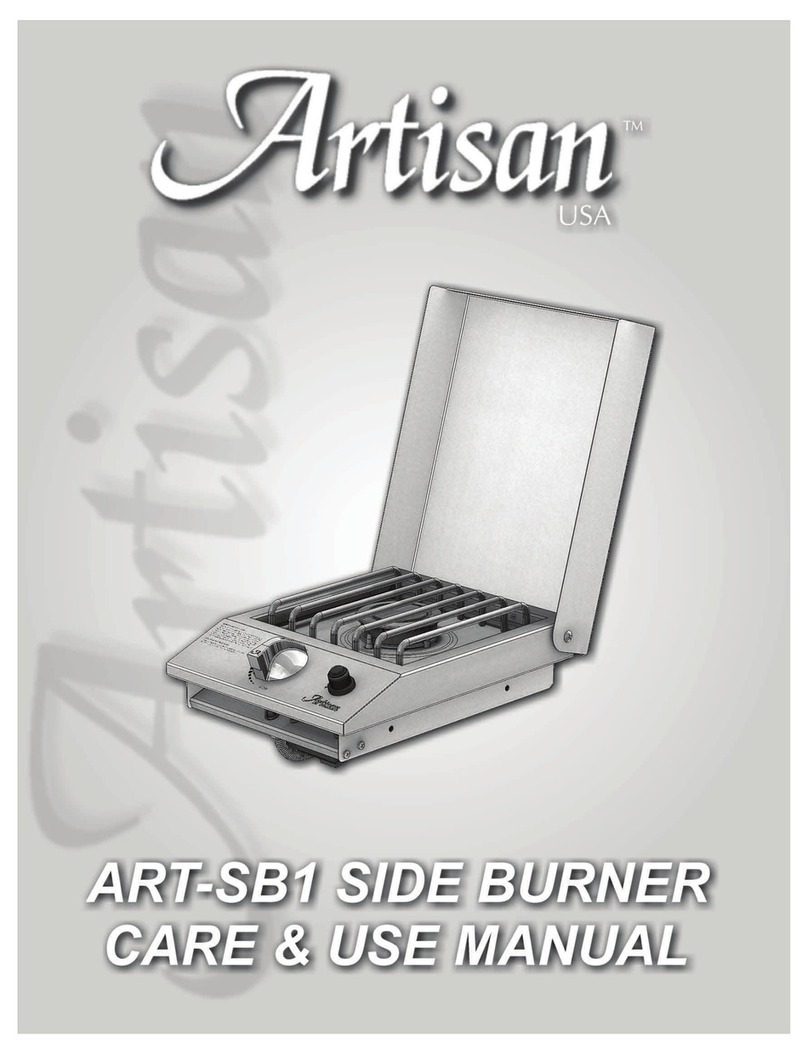SITE EQUI EMENTS
8
This appliance may be installed by any of the following methods:
1. Fitting against the inside face of an external wall. A false chimney breast can then be suitably constructed or a
rebated fire surround fitted to enclose the depth of the fire. If the false chimney is to be of a wooden
construction, then clearances and insulation must be as for a timber constructed wall.
2. An opening in the inner leaf of a cavity wall may be constructed for insertion of the appliance. Bridging the
cavity may cause unwanted moisture to track to the inside of the house from the cavity. Protection from moisture
and falling debris above the cavity box should be provided. If in doubt, consult local building local building control
officers. The appliance can also be fitted into an unserviceable or inoperative fireplace served by a disused
natural draught flue, provided that the requirements for terminal location and flue length can still be successfully
met. It is recommended that the old flue be sealed off.
3. Fitting into a timber framed house wall using clearances and insulation as described in the appropriate
section. If in doubt, consult local building control officers.
The opening dimensions for insetting the appliance must be; WIDT 410mm min. 450mm max, EIG T 570mm
min 600mm max. The opening must be these sizes for the full depth of the cavity. Opening DEPT must be
200mm minimum, this includes any plaster, cement or infill/back panels that form part on the installation.
If a concealed gas connection is to be made, the supply pipe should always be sleeved through walls and floors
using the shortest possible route. It is possible to install the gas supply from the side of the hearth and round into
the cavity, but use only factory sleeved pipe. No more than 1.5m of Ø8mm pipe must be used to avoid
unnecessary pressure drops.
The wall for the opening must be non-combustible or prepared as described in the relevant section. Bare
plasterboard must be protected by non-combustible plaster or replaced with "Superlux" board, or other
compatible material. Any gap between wall boards and the wall must be filled using glass fibre insulation, silicon
mastic or similar method to prevent heat ingress. If the appliance is to be installed as a "hole in the wall"
installation, it does not require any hearth as such, provided that the incandescent flame of the fire bed is at
least 300mm above the floor level. If fitting the fire without a hearth, consideration should be given to the
increased safety risk. The installer should inform the user of potential safety issues, including not placing
combustible material directly in front of the appliance (floor covering such as carpet etc. is OK). The installer
should use his judgement where necessary to advise against a hearthless installation. NOTE: it may be
necessary to install a ledge for placement of the fire front, for this type of installation.
The appliance requires a hearth with non-combustible surface of at least 12mm thickness, projecting100mm
from the front of the appliance. The Top surface must be at least 50mm above the surrounding floor level, or be
surrounded by a raised edge or fender 50mm high. Any type of fire surround used with this appliance must be
adequately sealed to the wall and floor to prevent excess draughts from around the back of the appliance.
A combustible shelf may be fixed to the wall above the appliance, provided it has a maximum depth of 180mm
and is 850mm from the hearth. The Shelf depth may be increased, however the shelf height must increased by
25mm for every 12.5mm of shelf depth (i.e. a ratio of 2:1). Combustible materials, such as wood, may be fitted to
within100mm of either side of the fire frame/trim, provided the forward projection does not exceed 100mm. Any
combustible side walls must be at least 500mm to the side of the radiant heat source.
As with all heating appliances, any decorations, soft furnishings, and all coverings (i.e. wallpapers)
positioned too close to the appliance may discolour or scorch.
VENTILATION
P EPA ING THE OUTSIDE WALL
No additional ventilation is required, as the appliance does not use air from the room for combustion or operation
of the Flue. owever an adequate supply of fresh air to maintain temperatures within limits and a comfortable
living environment can be beneficial.
For Republic of Ireland, see relevant rules in force.
From inside the house, firstly find the FINIS ED EART LEVEL, including any decorative hearth that will be in
place when the fire is in position. This is the reference plane to which you should work. Mark the vertical
centreline of the fireplace on the wall. Next, mark the centre of the flue pipe hole. This is 450 mm from the
FINIS ED EART LEVEL. Pilot through the wall to ascertain the outside finished flue centre line. If necessary,
check locations of wires and pipes in the wall first.
Check the outside flue terminal location using the pilot hole as a guide. Make any adjustments to the fire location
or the surroundings as required to comply with terminal siting. Finally, core drill through the outside wall with a
155mm (6") core drill to provide the location for the outside part of the flue. If a core drill is not available, mark a
155mm diameter circle and stitch drill or chisel out the required area of brick. Clear rubble from the cavity and
clear back any insulation material.

